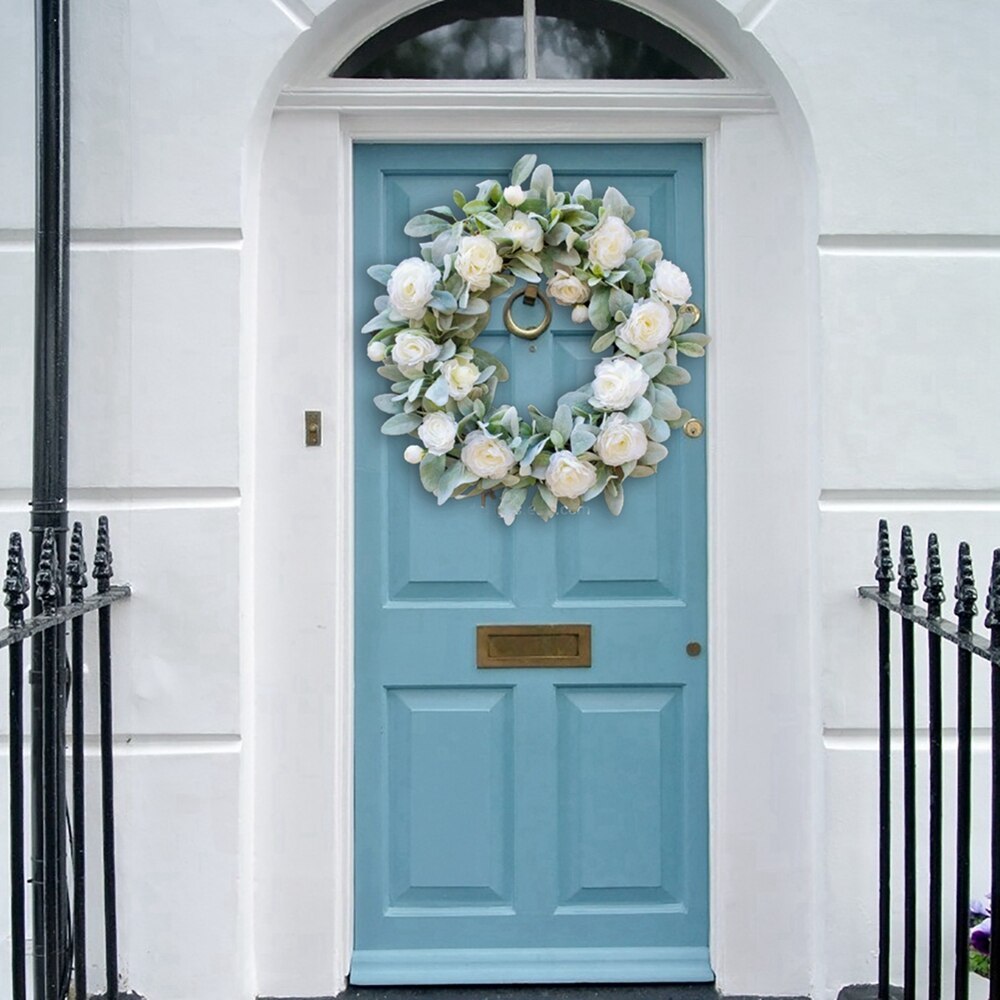
Door wreaths have a long and storied history, spanning centuries of tradition and symbolism. These decorative ornaments, typically made from various materials and adorned with seasonal elements, have become a beloved part of home decor. In this blog post, we will delve into the intriguing history of door wreaths, tracing their origins and evolution through different cultures and time periods.
Ancient Origins: Wreaths as Symbols of Victory and Prestige
Wreaths have ancient roots, with evidence of their use dating back to ancient civilizations. In ancient Greece and Rome, wreaths were associated with victory and achievement. They were crafted from various foliage, such as laurel leaves, and were often worn as crowns during special ceremonies and athletic competitions. These wreaths symbolized honor, success, and social status.
Wreaths in Religious and Spiritual Traditions
Door wreaths also hold significant importance in religious and spiritual practices. In Christianity, wreaths are commonly associated with Advent, symbolizing the anticipation and preparation for the birth of Jesus Christ. Advent wreaths typically feature four candles, each representing a different week leading up to Christmas.
Similarly, in pagan traditions, wreaths were used as part of rituals and celebrations, particularly during the winter solstice. Evergreen wreaths were believed to symbolize eternal life and the cycle of nature, offering hope and protection during the harsh winter months.
Renaissance and Victorian Eras: Wreaths as Decorative Art
During the Renaissance and Victorian eras, wreaths evolved into elaborate decorative art pieces. Intricately designed wreaths made from a variety of materials, including flowers, ribbons, and even feathers, adorned grand mansions and served as a symbol of opulence and refinement.
These wreaths were often hung on doors as a welcoming gesture to visitors. They represented the homeowner’s taste and status, with different floral arrangements and motifs signifying specific meanings. For example, roses symbolized love and passion, while ivy represented fidelity and friendship.
Seasonal Wreaths: Celebrating Nature’s Beauty
As time went on, seasonal wreaths gained popularity, especially during holidays and changing seasons. Spring wreaths showcased vibrant blooms and fresh foliage, representing the renewal of life and the arrival of warmer weather. Summer wreaths often featured bright colors and tropical elements, evoking a sense of relaxation and joy.
Autumn wreaths captured the beauty of falling leaves, acorns, and harvest fruits, celebrating the bountiful season. Winter wreaths, adorned with evergreen branches, pinecones, and festive ornaments, brought warmth and cheer during the holiday season.
Contemporary Door Wreaths: Expressing Personal Style
In modern times, door wreaths have become a way for individuals to express their personal style and creativity. There is a wide array of options available, ranging from traditional designs to modern and eclectic interpretations. DIY wreath-making has also gained popularity, allowing people to customize their wreaths with unique materials and themes.
Contemporary door wreaths are not limited to just natural elements. Many incorporate artificial flowers, ribbons, bows, and even thematic ornaments to suit different occasions and personal preferences. From elegant and minimalist designs to whimsical and bold creations, there is a door wreath to suit every home and aesthetic.
Conclusion
From their origins in ancient civilizations to their significance in religious traditions and their evolution as decorative art forms, door wreaths have a fascinating history. These timeless ornaments continue to grace our homes, serving as a warm and welcoming symbol to all who enter.
At TheDoorWreaths.com, we celebrate this rich history and offer a curated selection of exquisite door wreaths to adorn your home. Explore our collection and discover the perfect wreath to add beauty, charm, and a touch of history to your doorstep.
